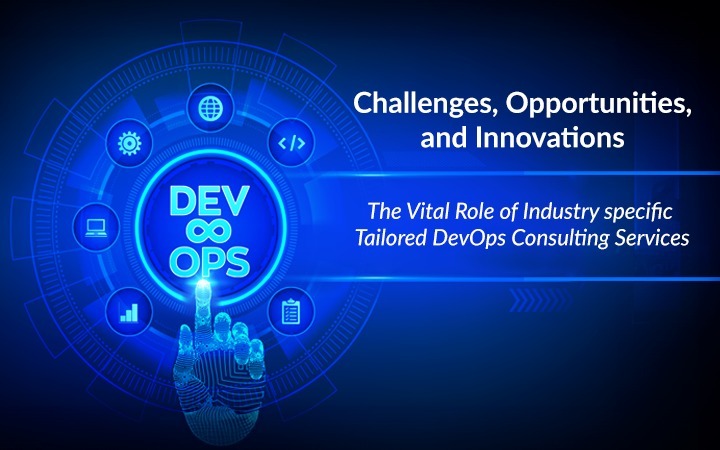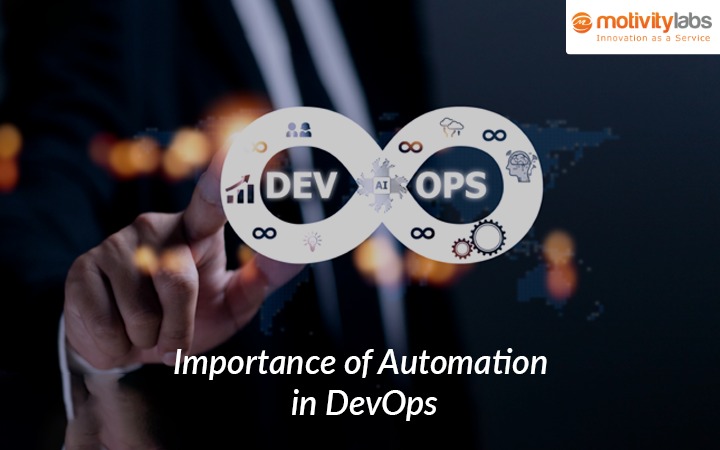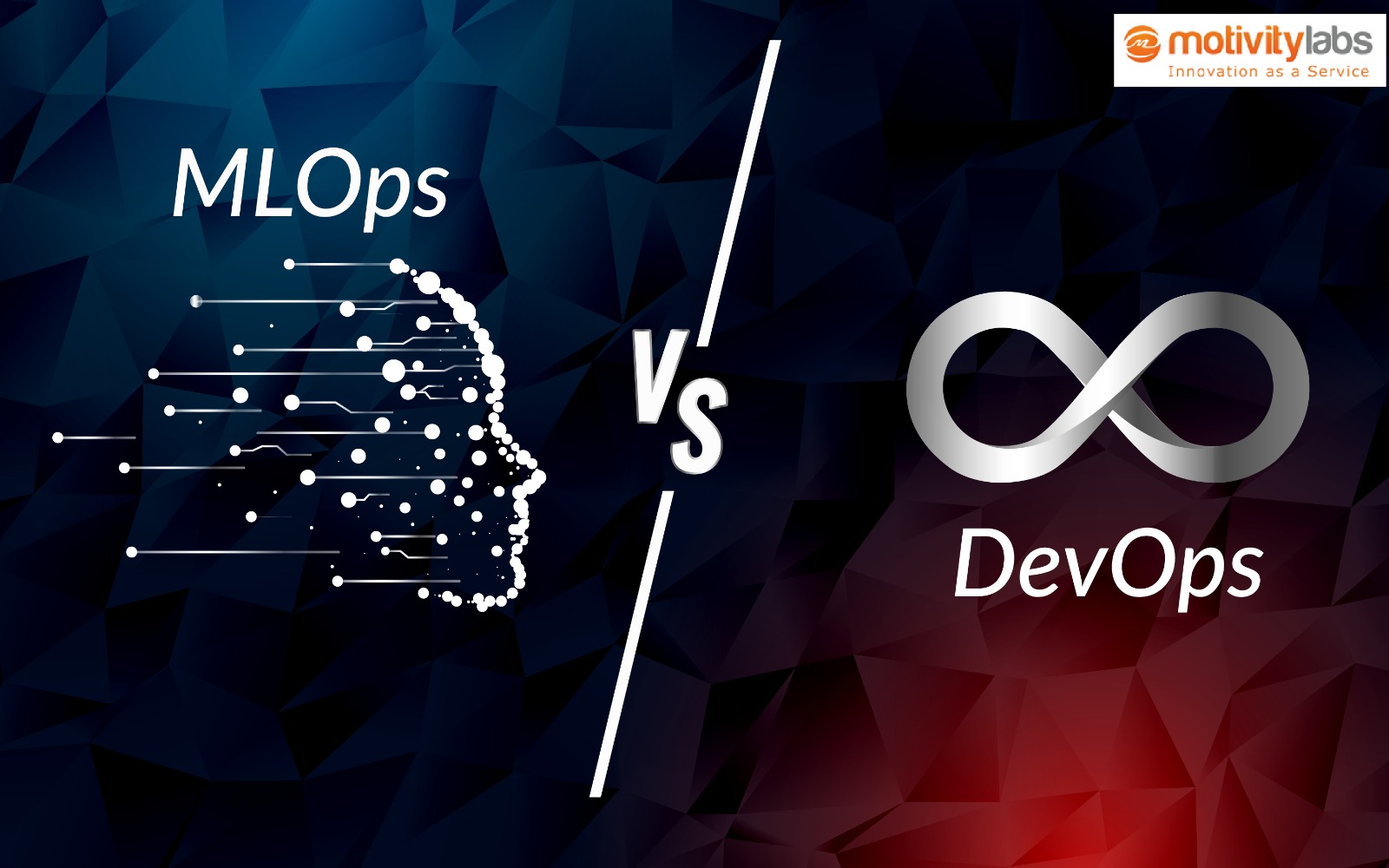Architecting a DevOps Roadmap for Multi-Cloud App Deployment. The world of cloud computing is now witnessing two growing trends: one is the use of DevOps, as a mechanism as well as an approach to develop and deploy applications, and the other one is deploying those applications to different types of cloud services or providers. The number of enterprises dealing with multi-cloud is increasing day by day.
Enterprises are formulating unique DevOps strategies for their multi-cloud application deployment. The DevOps tools used by any organization must have the capability to reliably deploy code to public, private, and hybrid clouds, and also to globally reputed service providers such as Google, HPE, Amazon Web Services, etc.
Architecting a DevOps Roadmap for Multi-Cloud App Deployment. We are using different DevOps tools and strategies deployed within enterprises running on multi-cloud platforms must account for numerous differences in platforms as that accountability can leverage the appropriate native features, and that too without compromising on DevOps productivity and automation. These patterns allow enterprises to develop applications that are cloud-specific in a DevOps pipeline.
There are several challenges pertaining to the unfamiliarity of DevOps tools & processes, dynamic adjustability of the cloud target platforms, and platform-specific governance & security challenges that need to be addressed for ideal deployment, testing, continuous operations, and CloudOps. Those challenges are associated with the core requirements of any multi-cloud DevOps pipeline.
Multi-cloud Deployment: The Importance of Platform-specific Testing
Architecting a DevOps Roadmap for Multi-Cloud App Deployment with respect to multi-cloud deployments, one should always remember that it requires applying the same code set being coupled with data, and then it needs to be marked for a target platform during staging.
The stage involves platform-specific testing for application running (Refer below figure). The process identifies issues related to the application that can be present at the time of using the native features for different cloud environments. For example, provisioning is quite different from one type of cloud platform to another. So that way, the testing engine would search for provisioning issues that are mechanically incorrect or unaligned with best practices; one example of being mechanically incorrect is not being able to correctly leverage a native API.
The testing also determines other challenges that can force the application to deliver sub-optimal performance, or fail on the target platform. An ideal system automates the correction of challenges where it completely makes sense.
Ensuring Proper Monitoring and Governance
Assuming that the application reaches the final automated phase of “deploy to production”, the application is then placed on a machine instance within a public or private cloud; then after, it enters the phase of continuous operations, which includes multiple following components.
- Continuous Monitoring – It points to the capability to monitor the application during its execution stage.
- Proper Management – It points to the capability to take required action based on deductions made from data monitoring; it also includes resource management including a CMP (cloud management platform).
- Resource Governance – It points to the utilization of a CMP and other useful tools.
- Service Catalog/Governance – It points to the capability to form policies concerning the use of APIs and other associated services.
- Security – It points to managing access and identity issues, and defining authentication rules and policies.
An enterprise must ensure that its cloud management team is properly utilizing these components to successfully deploy multi-cloud DevOps automated solutions.
The Roadmap to Successful Multi-cloud Deployment
As major technology and processes are still evolving around operations and development, multi-cloud deployment into the DevOps pipeline is not as simple as it seems. However, the following steps allow enterprises to take advantage of multi-cloud deployments that are DevOps based:
- The first step involves aligning the processes and tools of DevOps automation with the existing operational platform.
- Realize the details concerning the target clouds which include their runtime environments, native features, and popular practices of data, coding, etc. The majority of popular cloud service providers document those aspects so that enterprises can clearly understand them.
- Define different DevOps processes by keeping a multi-cloud environment in mind. In many instances, it is quite easy for enterprises to connect numerous targeted cloud platforms; however, many DevOps processes demand major re-engineering.
- Look at service orientation as a code enabler. Ultimately, enterprises will have an application having the capacity to run hundreds of remote services covering multiple different clouds.
An enterprise can become the master of using multi-cloud, and then, automatically its associated management tools become better; the model is only going to become more compelling. However, what motivates the growth will be the capability to leverage the evolving DevOps automation practices with any type of targeted platform, which includes multi-cloud.
To know more or to talk to our expert write to us today: marketing@motivitylabs.com



